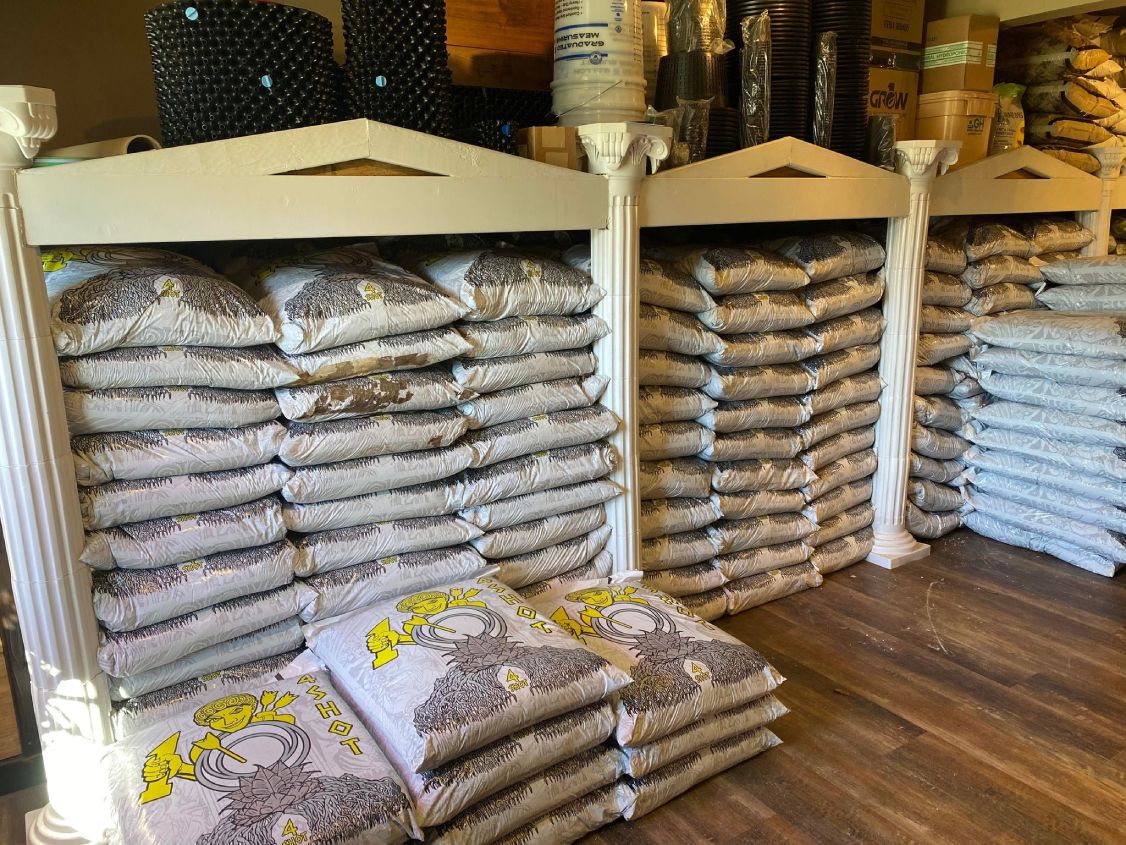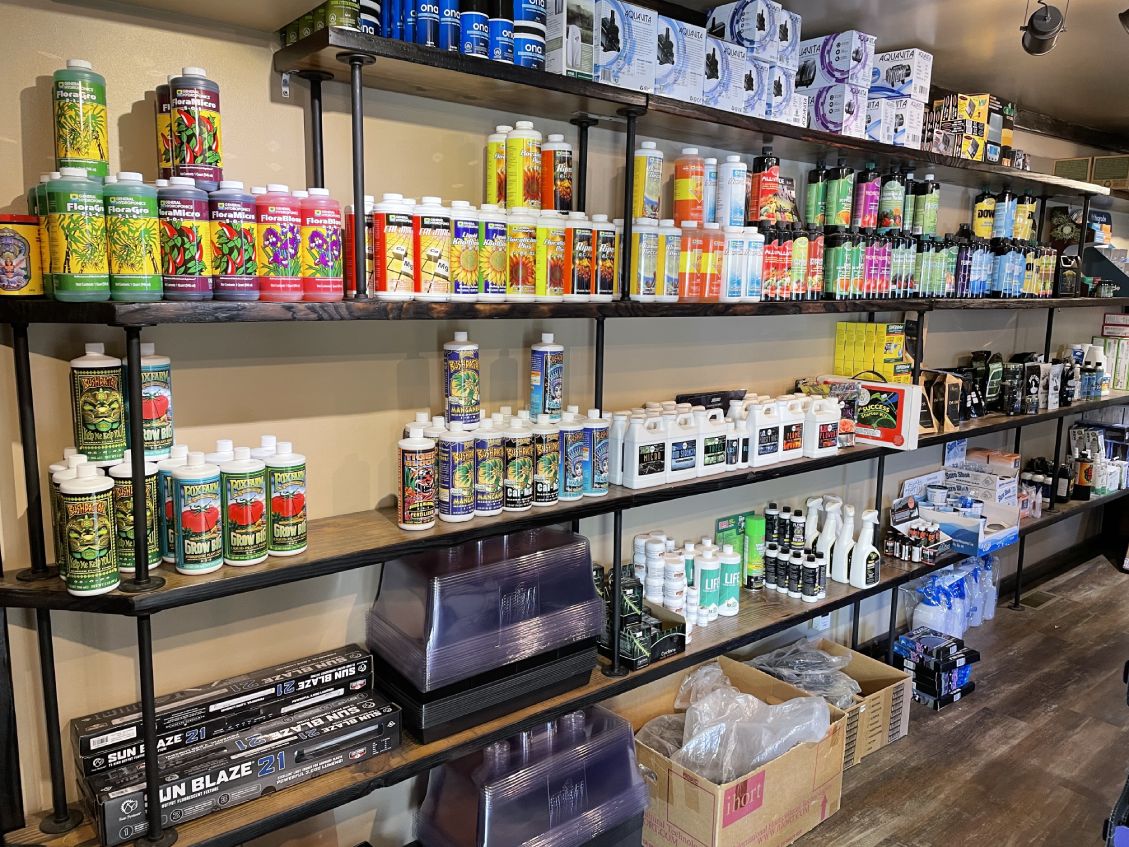Opening the Possible of Hydroponics: Recognizing Its Uses and Different Types
Hydroponics, a method of growing plants without dirt, has gathered raising interest for its potential to transform agriculture and cultivation techniques. The precision control over nutrient delivery, water usage, and ecological factors uses a glance right into a future where food production can be optimized in numerous settings. As we browse with the intricate landscape of hydroponic systems and techniques, it ends up being noticeable that each approach holds unique advantages and limitations. By unwinding the diverse usages and kinds of hydroponics, we can discover a world of opportunities that may reshape exactly how we picture lasting farming and horticulture methods.
Benefits of Hydroponic Equipments

An additional advantage of hydroponic systems is the ability to expand plants in a smaller sized area. Hydroponic systems lower the danger of soil-borne diseases and bugs, as there is no dirt to nurture these threats.
Common Makes Use Of in Agriculture

Given the effective water preservation and space-saving advantages of hydroponic systems, it is evident that these innovative farming methods have actually found usual uses in various sectors of agriculture. The controlled setting of hydroponic systems enables year-round cultivation, supplying a constant supply of fresh produce regardless of outside weather conditions.
Hydroponics is generally utilized for expanding a variety of crops, consisting of leafed environment-friendlies, tomatoes, cucumbers, peppers, herbs, and strawberries. Its convenience encompasses upright farming, city farming, and greenhouse manufacturing. Furthermore, hydroponic systems are made use of in research and instructional setups to research plant growing, nourishment, and development techniques. The adaptability and efficiency of hydroponics make it an important tool in modern-day farming, addressing the obstacles of sustainability, food security, and resource optimization.
Checking Out Various Hydroponic Methods
What are the various ingenious techniques used in hydroponics to enhance crop farming efficiency and generate? Hydroponic systems supply a series of methods that satisfy various plant types and farming goals. One preferred method is the Deep Water Society (DWC) system, where plant origins are submerged in a nutrient solution, supplying enough oxygen and nutrients. Another commonly used technique is the Nutrient Film Method (NFT), which includes a shallow stream of nutrient option moving over the plant origins, advertising water and nutrient uptake. Additionally, the Ups and downs system, likewise referred to as the Flooding and Drainpipe system, periodically floods the plant roots with nutrient solution, allowing for oxygenation during draining periods. Aeroponics is an additional cutting-edge method that includes misting plant origins with a nutrient service, making best use of oxygen absorption and nutrient uptake. Each of these methods showcases the versatility and performance of hydroponic systems in boosting crop growth and return.
Contrasting Numerous Hydroponic Systems
Discovering the performance and return improvement techniques in hydroponics leads us to compare numerous hydroponic systems offered for plant cultivation. Each hydroponic system has its special attributes, advantages, and limitations, making it vital for farmers to select the most ideal system based upon their particular needs and constraints.
Among the most usual hydroponic systems is the nutrient movie technique (NFT), where a thin film of nutrient service continuously flows over the plant origins. This system is valued for its water performance and viability for growing leafed eco-friendlies and natural herbs. On the other hand, the deep water society (DWC) system submerges plant origins straight right into the nutrient service, supplying enough oxygen and nutrients. The DWC you could try here system is reasonably simple and cost-efficient, making it a popular selection for novices.
Another popular hydroponic system is the ebb and circulation (or flood and drainpipe) system, which regularly floodings the plant origins with nutrient service before draining it. By understanding the differences between these hydroponic systems, farmers can make informed decisions to take full advantage of plant yield and quality.
Technologies in Hydroponic Technology
With improvements in hydroponic modern technology, the agricultural industry is experiencing a shift in the direction browse around these guys of much more sustainable and reliable farming techniques. Developments in hydroponic technology are transforming the way plants are expanded by maximizing yields, saving resources, and decreasing ecological influence. One crucial technology is the growth of wise hydroponic systems that use sensing units and automation to keep track of and readjust environmental conditions such as pH degrees, nutrient focus, and light direct exposure in real-time. These systems make it possible for specific control over growing problems, causing ideal plant growth and greater crop yields.
An additional noteworthy development is the integration of vertical farming strategies with hydroponic systems, allowing for the growing of crops in piled layers. This vertical technique takes full advantage of area application, making it excellent for city atmospheres where land availability is restricted - The Indoor Earthworm. Furthermore, using advanced LED lights systems customized to specific plant demands has boosted energy effectiveness and boosted development rates in hydroponic configurations
Developments like these are driving the development of hydroponics, making it a very appealing and lasting alternative for modern-day farming.
Verdict
Finally, hydroponics provides countless advantages in farming and has different methods and systems that can be made use of to maximize its potential. Advancements in hydroponic technology remain to boost efficiency and sustainability in food manufacturing. By comprehending the usages and various kinds of hydroponic systems, cultivators and farmers can open the complete possibility of this ingenious approach of growing plants without soil.
In addition, hydroponic systems allow for much better control over nutrient levels, pH equilibrium, and environmental conditions, leading to much healthier plants and higher yields.
